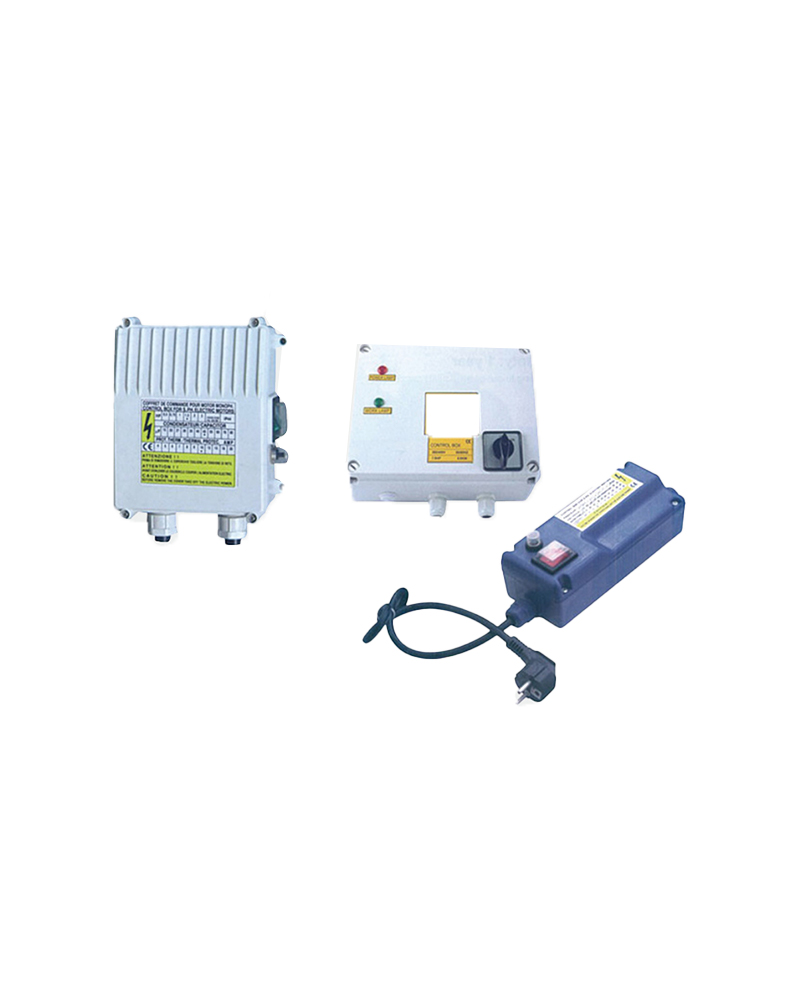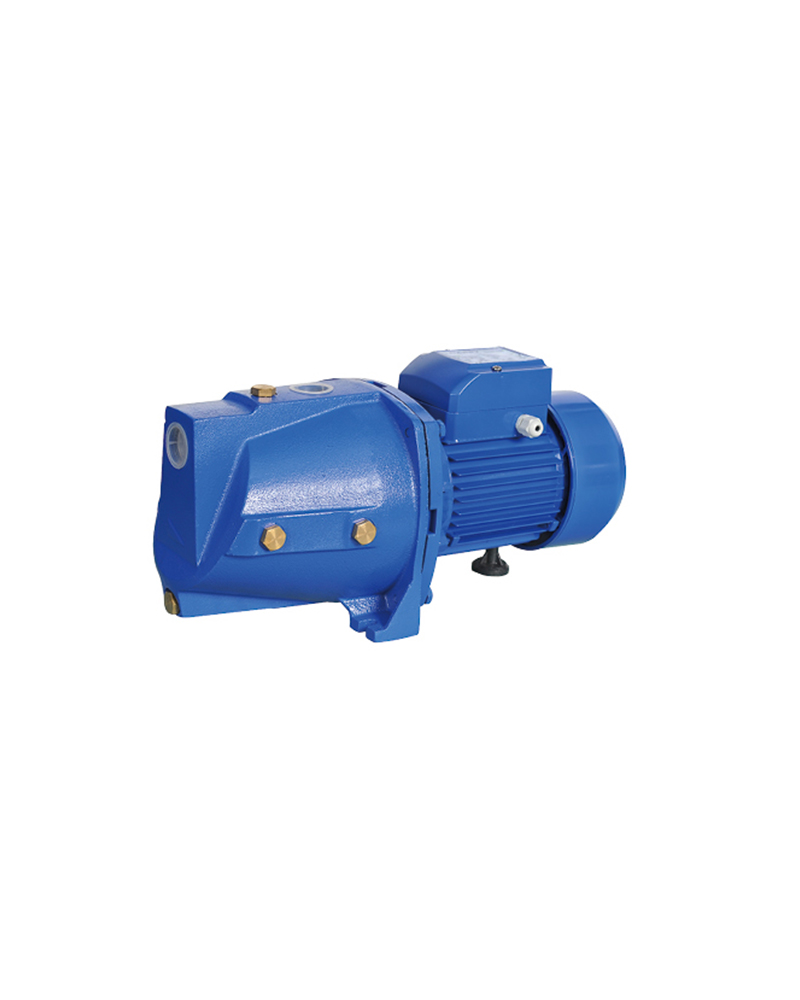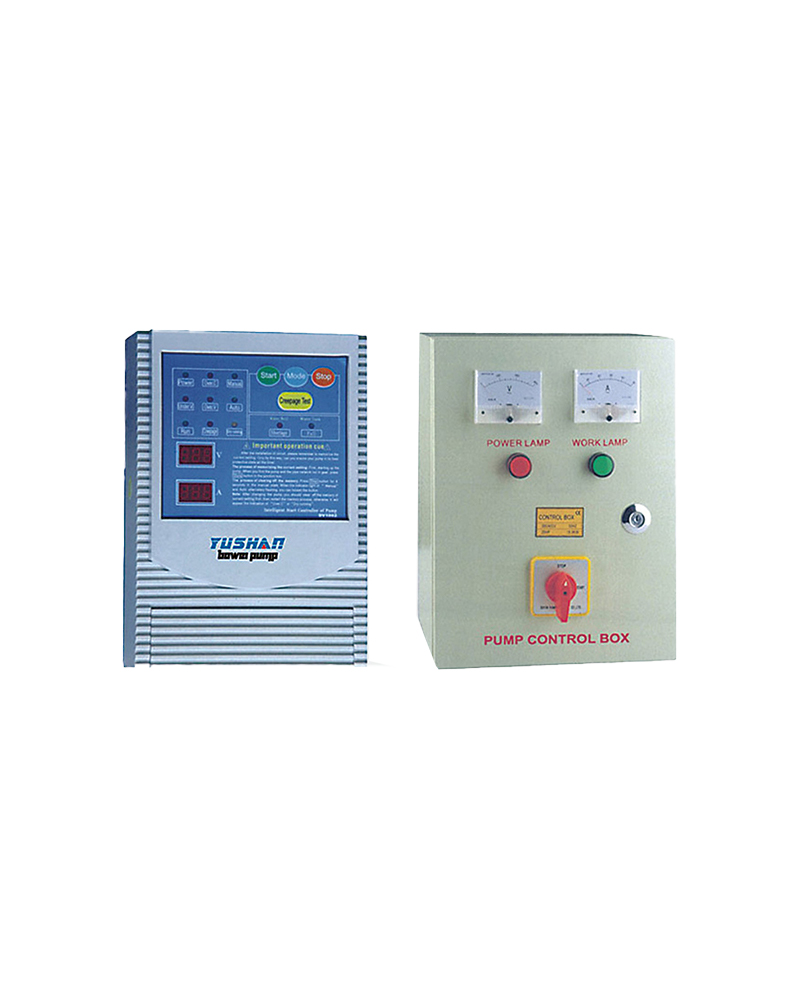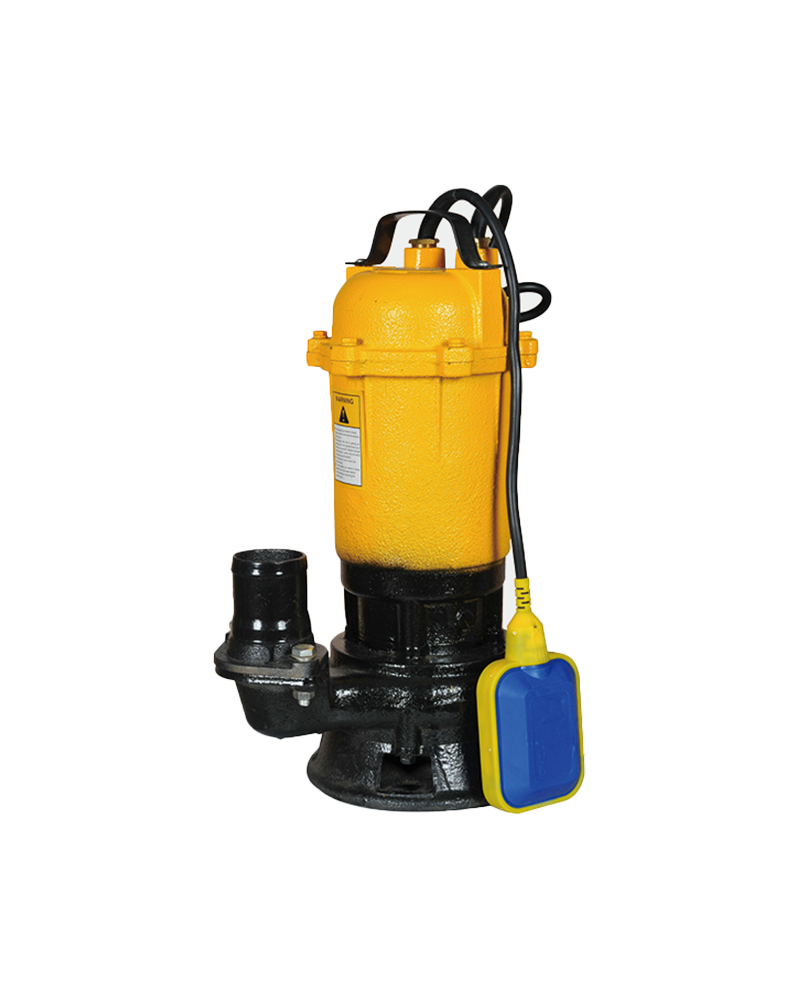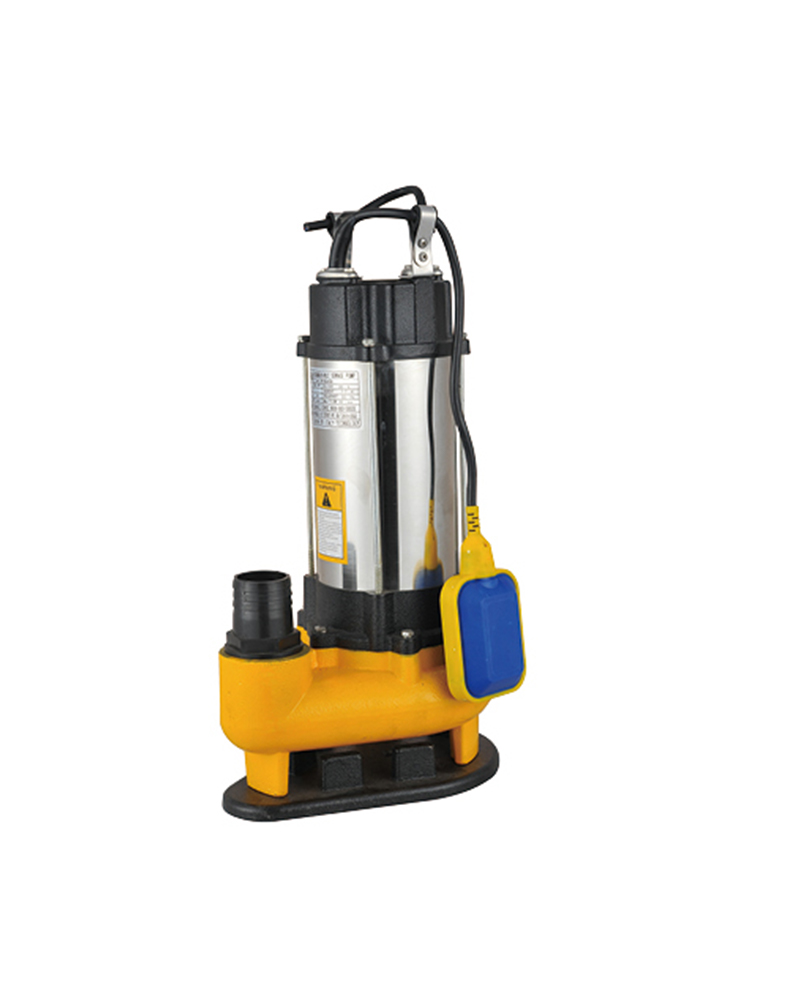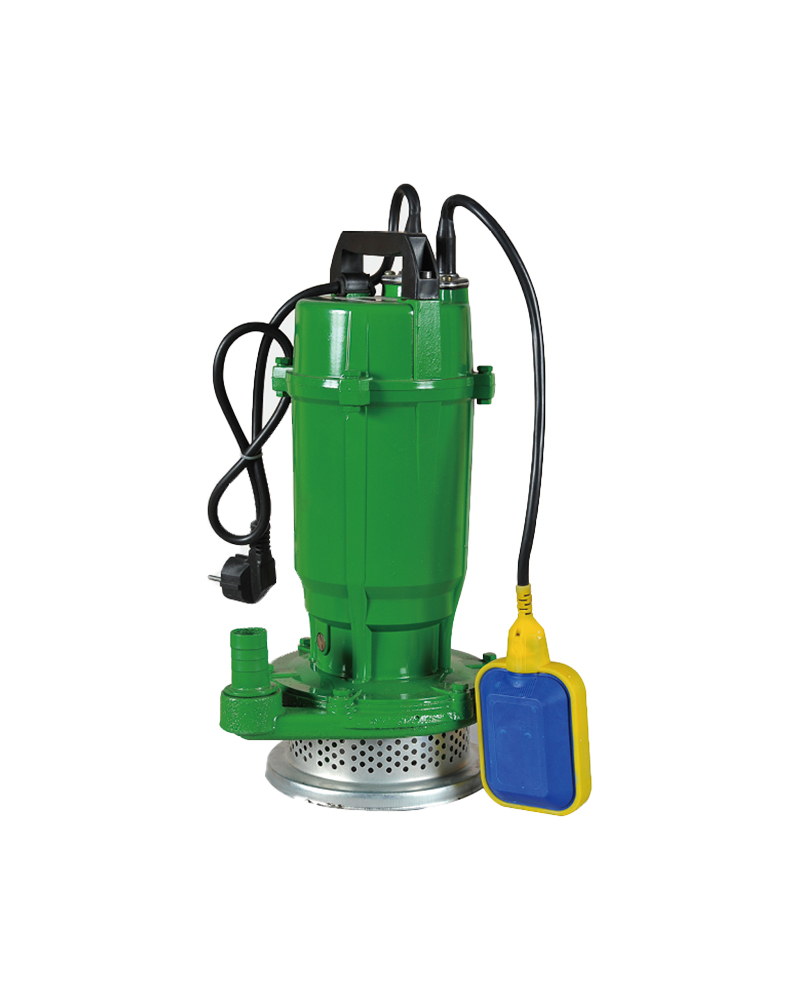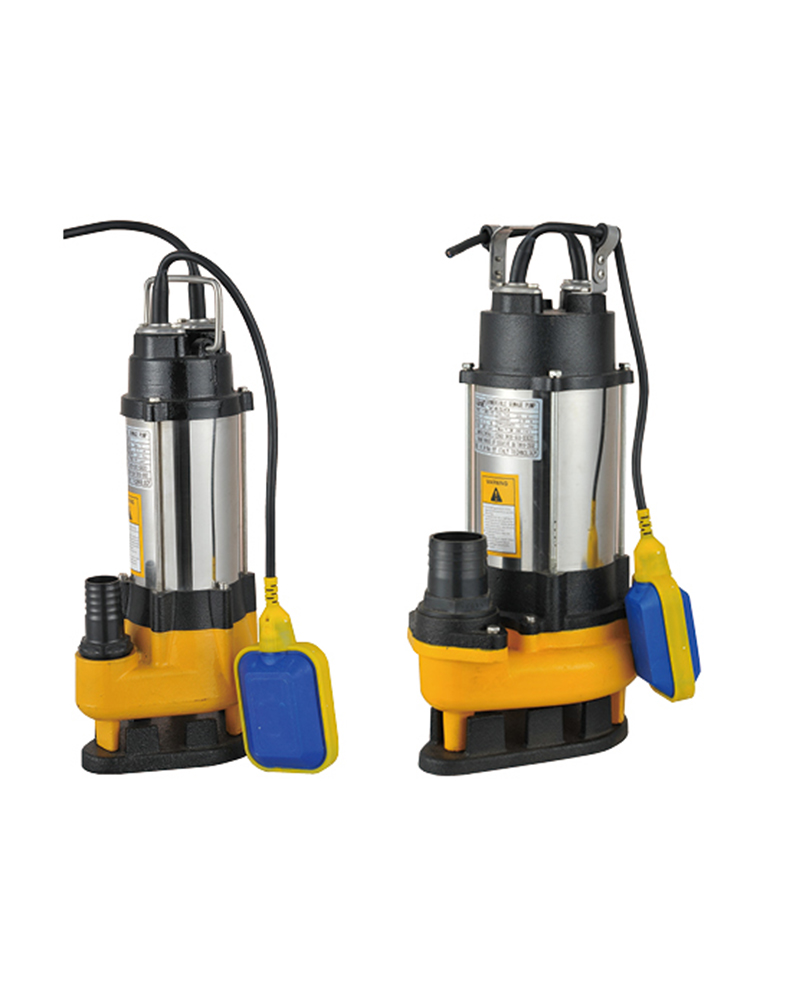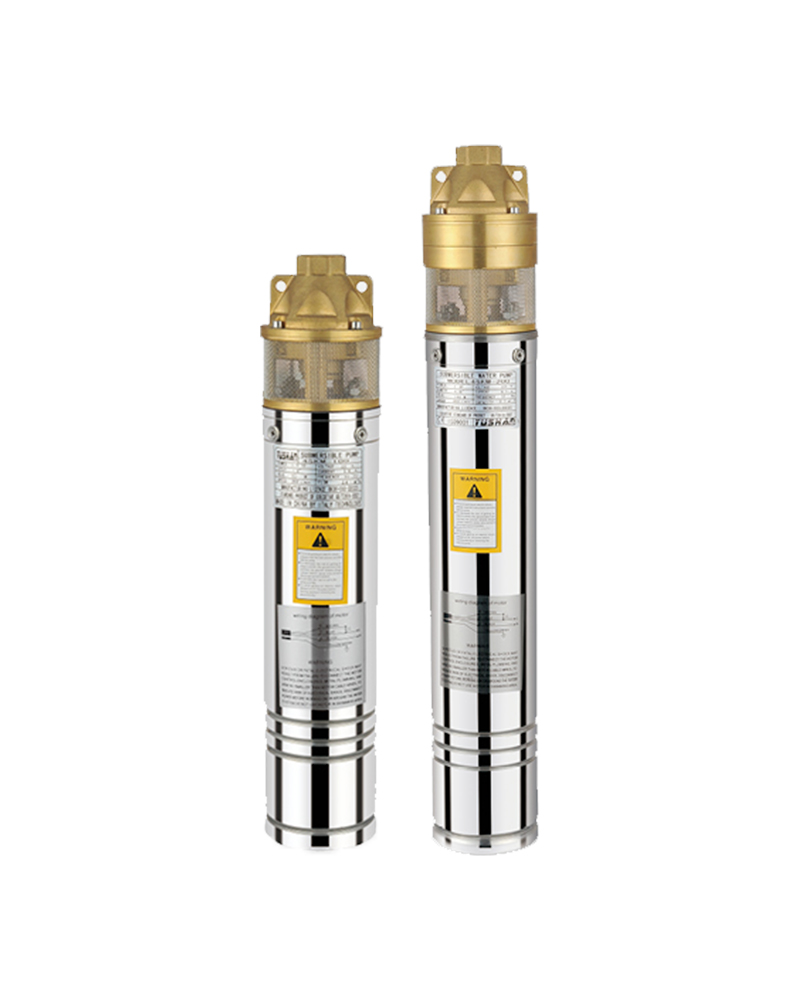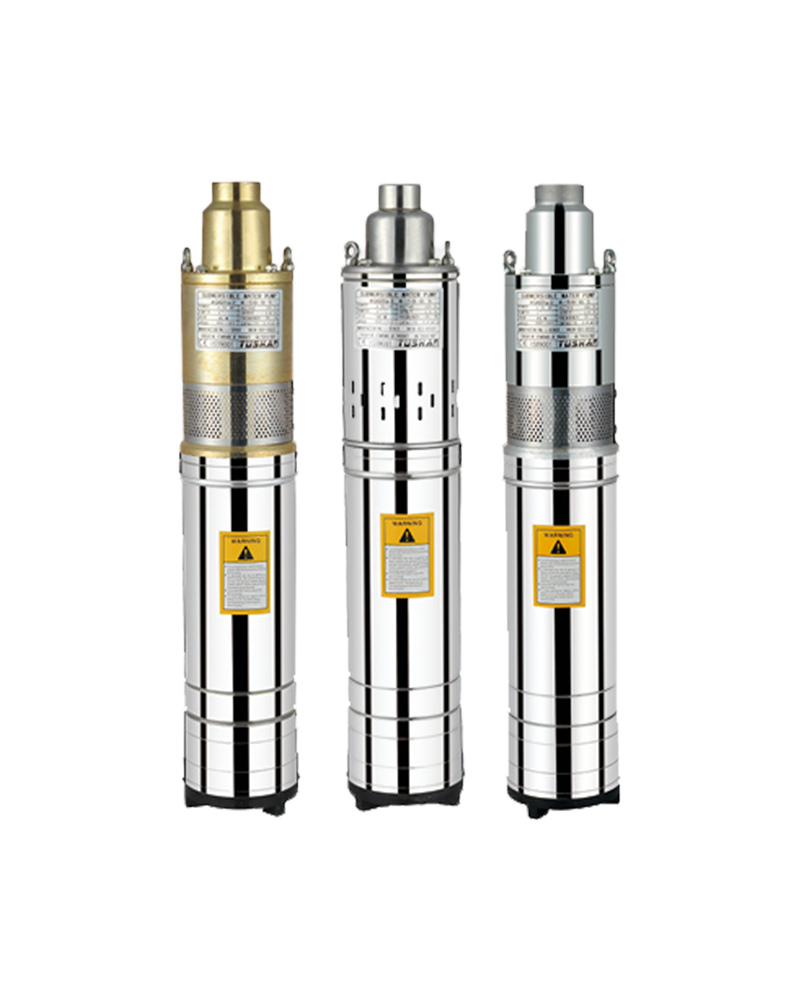Usually, a submersible sewage pump is placed at the lowest point of a sewage basin. It transfers sewage liquid and solids to the municipal wastewater system. Depending on the model, it can be manual or automatic.
The pump's motor is connected to an impeller. The impeller provides energy to the liquid, which then flows through the pump housing. The impeller has a number of different speeds, which range from 600 to 3,450 rpm. The varying speeds create a pressure, which pushes the water up to the impeller.
A submersible sewage pump can be used for a wide variety of applications. Small pumps are used in domestic and light commercial applications. Larger models are used for industrial and municipal applications.


In addition, submersible sewage pumps are suitable for conveying hard solids. These solids include granular particulates and suspended granular materials.
A sewage pump can also be used to move materials from the sewage to a processing facility. A typical model can move up to two inches of liquid sewage waste. The pump's power cord can be a length of 10 to 50 feet. It should have a 115V rating. It is not advisable to use an extension cord with a submersible sewage pump.
The motor can be overloaded, which can cause it to burn. Adding a protective system can prevent this. The system includes a pump locknut, which is a heavy duty ball bearing construction. It protects against reverse rotation and 5.8 amps of electrical current.



 English
English
 Español
Español
 عربى
عربى
